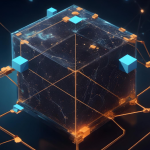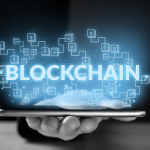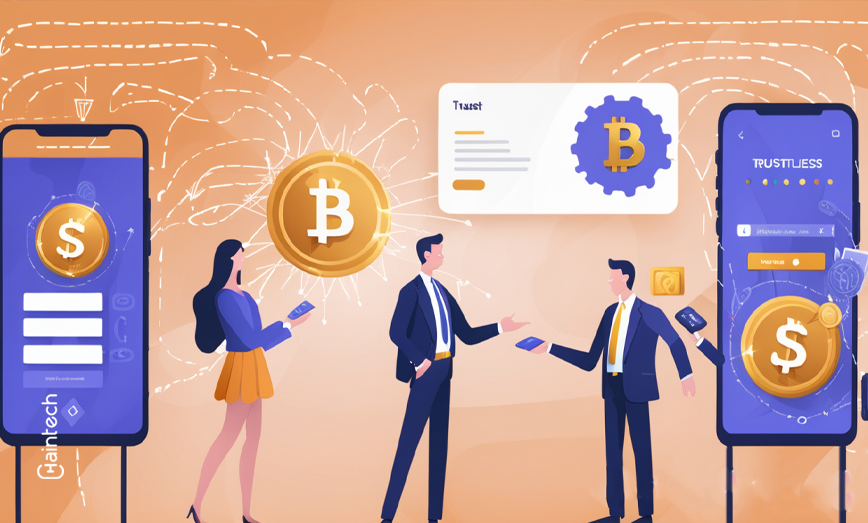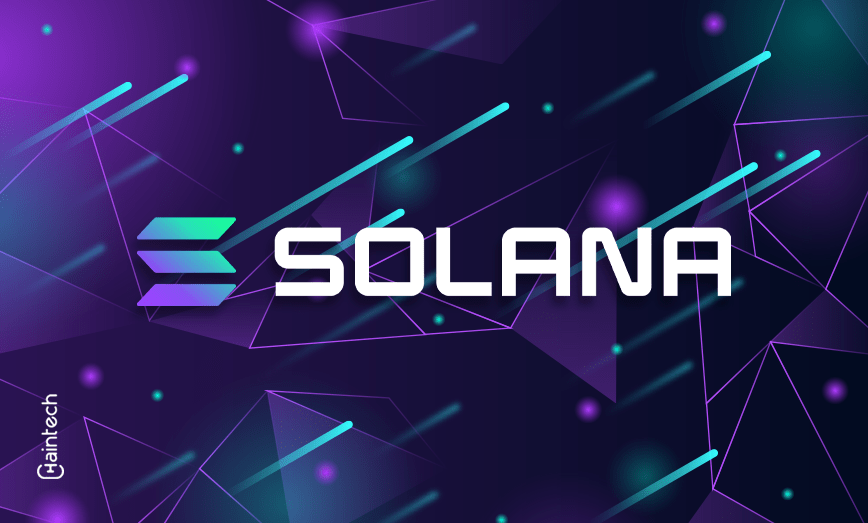Blockchain Goes to School: How This Technology is Disrupting the Education Sector as We Know It

The education sector has witnessed remarkable technological advancements over the years, especially during the pandemic-induced remote learning era. The global education scenario has changed profoundly as institutions have now shifted their focus from offline to online resources. From learning from traditional hard-copy textbooks to carrying an infinite universe of knowledge in their laptops, students and educators worldwide are experiencing a transition in the way they learn and teach, respectively. In recent years, the edtech industry has evolved significantly, but one technology that has the potential to transform the education sector like never before is blockchain.
At its core, blockchain is a decentralized digital ledger that records transactions securely and transparently. The technology underpins cryptocurrencies like Bitcoin, but its potential use cases extend far beyond finance. In recent years, blockchain has gained much attention for its potential to disrupt various industries, including healthcare, supply chain management, and education.
Let’s have a look at some ways in which blockchain technology is revolutionizing the education sector.
1. Academic Digital Credentials: One of the biggest challenges in the education sector is the verification of academic credentials. With traditional paper-based credentials, it can be challenging to verify their authenticity, and the process can take time and effort. This is where blockchain comes in.
Blockchain allows for the creation of digital credentials that are tamper-proof and easily verifiable. Each credential is assigned a unique identifier, and all relevant information about the credential is stored on the blockchain. This makes it easy for employers and educational institutions to verify the authenticity of a credential quickly and securely, without the need for a third-party verification service.
2. Decentralized Learning Platforms: Another way that blockchain is revolutionizing education is through the development of decentralized learning platforms. Traditional online learning platforms are centralized, meaning a single entity controls them. However, with blockchain, it is possible to create decentralized platforms that are owned and operated by the community.
Decentralized learning platforms can offer a range of benefits, including increased security, transparency, and accessibility. They can also eliminate the need for intermediaries, reducing costs and increasing efficiency.
3. Smart Contracts-based Learning: One of the most promising applications of blockchain technology in the education sector is the use of smart contracts. Educators can utilize smart contracts to develop courses and lessons on a blockchain. Once the necessary prerequisite conditions are met, the course can be automatically taught and proceed at its own pace. This can reduce the workload of educators and provide students with a more efficient and personalized learning experience.
Additionally, smart contracts can be used to outline the terms of assignments between students and teachers. For example, a smart contract can specify the limitations of a project, the due date, and the grading deadline. Once the contract terms are met, the assignment can be automatically graded, eliminating the need for manual grading and reducing the likelihood of errors or bias.
4. Secure Record Keeping: Institutions generate vast amounts of data, from attendance records to report cards, degrees and other paperwork. This data can be vulnerable to theft or loss with traditional storage methods. However, blockchain offers a secure and tamper-proof solution to data storage.
By storing data on the blockchain, institutions can ensure their records are tamper-proof and resistant to hacking. Each block in the chain is secured by complex cryptography, and once data is recorded on the blockchain, it cannot be altered or deleted. This makes it an ideal solution for sensitive data like student records. Additionally, students can submit their assignments using blockchain and receive their diplomas and certificates digitally on the blockchain.
5. Microlearning & Microcredentials: Microlearning and micro-credentials are two trends that are gaining traction in the education sector. Microlearning refers to the delivery of small, bite-sized chunks of information, while micro-credentials are certifications that validate specific skills or knowledge.
Blockchain can facilitate both microlearning and micro-credentials by offering a secure and decentralized way to track and verify progress. By breaking down learning into small, easily digestible chunks and providing micro-credentials to validate this learning, blockchain can help learners stay motivated and engaged.
6. Streamlined Fee Payments: Blockchain technology can provide several benefits for the student’s tuition fee payment process. A blockchain-based system can store all the payment-related information, including the details of the student, the amount of tuition fees, and the payment method, in a secure and encrypted manner. All relevant parties, including the student, university staff, and the financial institution involved, can access and verify this information, ensuring transparency and accountability.
Moreover, blockchain technology can eliminate the need for intermediaries, such as banks and other financial institutions, which can reduce administrative costs and processing times.
7. Funding & Scholarships: Blockchain is also revolutionizing how education is funded. With traditional funding methods, it can be difficult for students to access the funds they need to pay for tuition and other expenses. However, blockchain offers a way to connect students directly with funders, eliminating the need for intermediaries.
Blockchain technology has the potential to streamline and enhance various aspects of the education sector, from course development and assignment grading to certification and credentialing. By leveraging the transparency, security, and automation provided by blockchain technology, educators can create a more efficient, personalized, and trustworthy learning environment for students.









